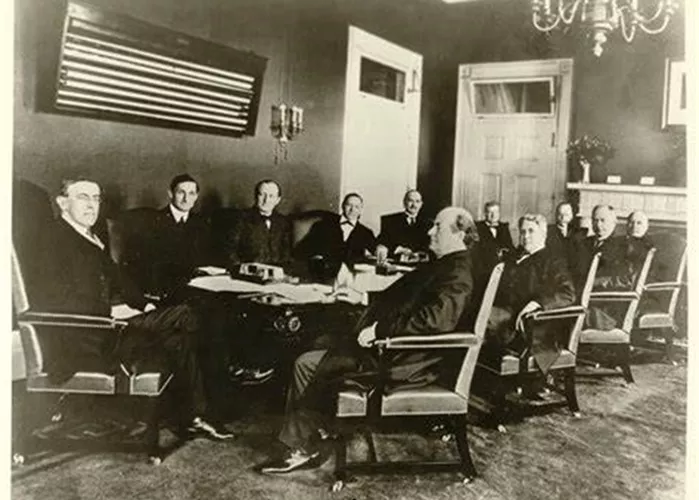World War I was one of the most devastating conflicts in human history. It involved many nations and caused immense loss of life and property. Financing such a massive war effort required unprecedented amounts of money. Governments had to find ways to raise funds quickly and efficiently. This article explores the various methods used by governments to finance World War I, focusing on bonds, taxes, loans, and other financial instruments.
The Cost of War
The financial demands of World War I were enormous. For instance, the United States spent over $30 billion during the war. To put this into perspective, the total federal expenditures in 1913 were only $970 million. This stark contrast highlights the immense financial burden the war placed on nations involved.
War Bonds: A Primary Source of Funding
One of the most significant ways governments raised money was through the issuance of war bonds. These bonds were debt securities sold to the public, promising to pay back the principal with interest after a certain period.
Liberty Bonds in the United States
In the United States, war bonds were known as Liberty Bonds. The government launched several campaigns to encourage citizens to purchase these bonds. The bonds were marketed as a patriotic duty, appealing to citizens’ sense of national pride. By the end of the war, the U.S. had raised approximately $17 billion through these bonds. This was a substantial amount, considering the total cost of the war was over $30 billion.
War Loans in the United Kingdom
Similarly, the United Kingdom issued war loans to finance its participation in the war. The government borrowed heavily from both domestic and international sources. British banks played a crucial role in purchasing these loans, which became a significant part of their balance sheets. By 1918, British government securities represented 75% of the banks’ total securities, up from 13% in 1913.
Other Countries’ Approaches
Other nations involved in the war also issued bonds and loans to raise funds. For example, Germany established regional loan banks known as Darlehenskassen. These institutions provided short-term loans to state and local governments. However, the extensive borrowing led to inflation and economic instability in the post-war period.
Taxation: Increasing Revenue
In addition to borrowing, governments increased taxes to generate revenue for the war effort. The United States passed the War Revenue Act of 1917, which raised taxes on individuals and businesses. The corporate tax rate was increased from 6% to 12%, and a new progressive income tax was introduced. Excise taxes on goods like gasoline, tobacco, and liquor were also implemented.
Similarly, the United Kingdom raised taxes to fund its war expenses. The government’s tax income rose from just under £300 million in 1914 to over £1 billion in 1919. Despite this increase, expenditure still outstripped income, necessitating further borrowing.
Loans from Other Countries
Nations also sought loans from other countries to finance their war efforts. The United States, for instance, provided loans to its allies, including the United Kingdom and France. These loans were crucial in sustaining the war efforts of these nations.
The Anglo-French Financial Commission was established to facilitate these loans. It aimed to secure financial support from American banks and investors. The Commission’s efforts led to a $500 million loan, marking one of the largest financial agreements of the time.
The Role of Central Banks
Central banks played a vital role in financing the war. In the United States, the Federal Reserve acted as a lender of last resort. It provided emergency loans to the government and commercial banks. The Federal Reserve also purchased government securities, increasing the money supply and reducing interest rates. This made it easier for the government to borrow funds.
In the United Kingdom, the Bank of England managed the issuance of war loans and bonds. It worked closely with the government to ensure that sufficient funds were raised to meet wartime expenses.
War Savings Stamps: Encouraging Public Participation
To involve ordinary citizens in the war effort, governments introduced war savings stamps. These were low-denomination stamps that could be purchased and later redeemed for government securities. In the United States, war savings stamps were introduced in 1917. They allowed individuals to accumulate savings over time and contribute to the war fund.
While the amount raised through these stamps was relatively small compared to bonds, they represented a significant effort to engage the public in financing the war.
The Aftermath: Managing War Debt
After the war ended, countries faced the challenge of managing the massive debts incurred during the conflict. The United States, for example, had to find ways to repay the $17 billion raised through Liberty Bonds. This involved issuing new bonds, increasing taxes, and reducing government spending.
The United Kingdom’s national debt soared to £7.9 billion by 1920. Paying the interest on this debt cost the country £375 million in that year, more than the entire national expenditure in 1913.
Conclusion
Financing World War I required innovative and extensive financial strategies. Governments relied on a combination of war bonds, increased taxation, loans, and the support of central banks to raise the necessary funds. These efforts were crucial in sustaining the war effort but also led to significant economic challenges in the post-war period. The experience of financing World War I had lasting impacts on national economies and financial systems, shaping the approach to war financing in subsequent conflicts.
Related Topics:


